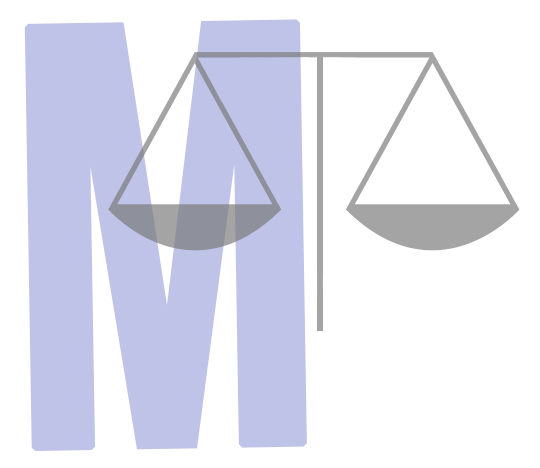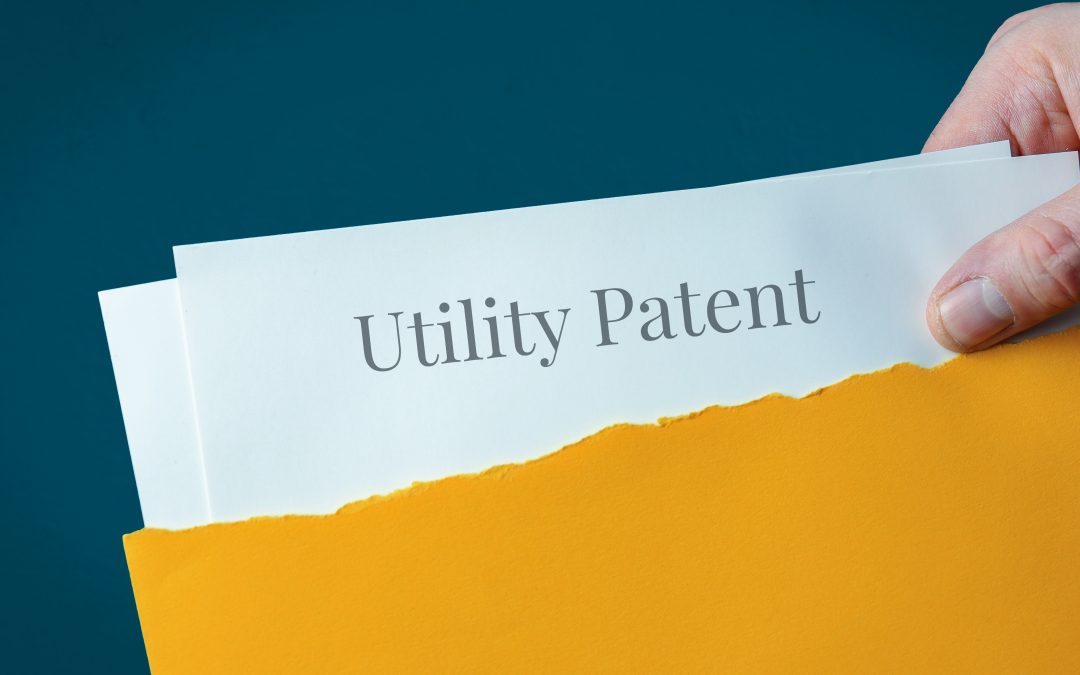Many inventors and entrepreneurs wondering what type of application is the best for their invention. In some instances, one type of application is efficient and effective at protecting your invention, but not always. Talking with an experienced patent attorney will help determine the best route to take.
1. Utility Patent Application
A Utility patent application is the most common type of patent application filed with the U.S. Patent Office. A utility patent issued for the invention of a new and useful process, machine, manufacture, or composition of matter, or a new and useful improvement thereof, it generally permits its owner to exclude others from making, using, or selling the invention for a period of up to twenty years from the date of patent application filing. The benefits of a utility patent typically will protect your inventions functional aspects. This is related to how the invention works and what the invention does. The utility application can provide broad patent protection making it difficult for a competing product to avoid patent infringement. The utility patent application also is capable of protecting many different variations of a product with a single utility patent.
2. Design Patent Application
In a design patent application, the subject matter which is claimed is the design embodied in or applied to an article of manufacture (or portion thereof) and not the article itself. A design patent issued for a new, original, and ornamental design embodied in or applied to an article of manufacture, it permits its owner to exclude others from making, using, or selling the design. Design patents issued from applications filed shall be granted for the term of fifteen years from the date of grant. Design patent applications are the least common type of patent application filed with the U.S. Patent Office. However, they can be easier and cheaper than utility patent protection. If the main feature of the new product is the appearance (i.e. ornamental design), then a design patent will protect this main feature.
3. PCT application
A PCT application is filed to preserve the inventor’s rights to the invention before entering foreign countries and region’s patent offices or 30 months after the initial filing of the PCT application. A PCT application can be a utility or a design application. The first phase of the PCT application is as a single application before the contracting state patent office similar to a utility or design patent. Where the PCT application differs is during the second phase when the application can enter the national or regional phases of the various countries which are members of the PCT. It is important to keep in mind that entering the first phase requires an attorney and the PCT filing fees, and entering each country in the second phase requires a certified attorney in each county or region and each county or region’s associated fees A PCT application does not itself result in the grant of a patent, since there is no such thing as an “international patent”, and the grant of patent is a prerogative of each national or regional authority. In other words, a PCT application, which establishes a filing date in all contracting states, must be followed up with the step of entering into national or regional phases to proceed towards grant of one or more patents. The PCT procedure essentially leads to a standard national or regional patent application, which may be granted or rejected according to applicable law, in each jurisdiction in which a patent is desired.
4. Multiple applications for one invention
There are situations when an invention can receive adequate patent protection with a utility patent, a design patent, and a PCT application. If your invention has a unique structure/function coupled with a unique ornamental design, then you should consider filing both a utility patent application and a design patent application. If you or your company plans to enter foreign markets, the filing of a PCT application will preserve your rights to file in these markets for two and half years. This can be a difficult situation and it is recommended that you speak with a patent attorney prior to choosing this path. A design, utility, or PCT patent application will provide you with “patent pending” while they are pending at the Patent Office.
– Andrew Morabito


Recent Comments